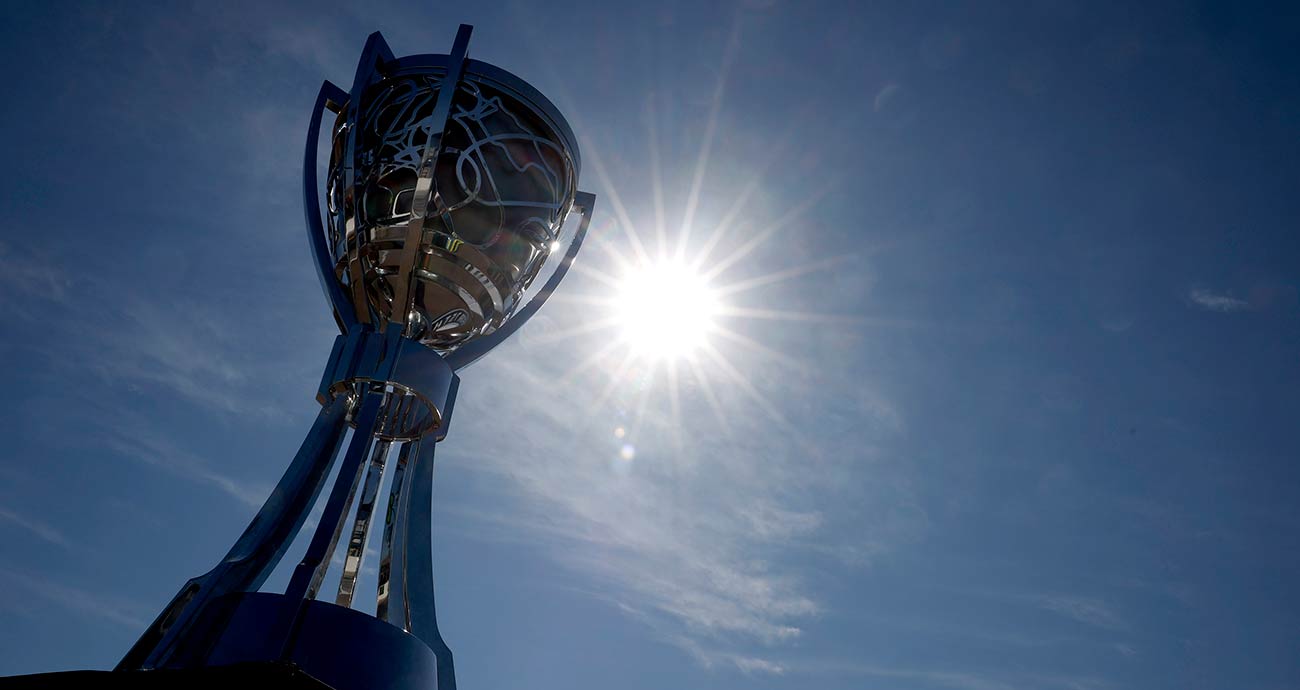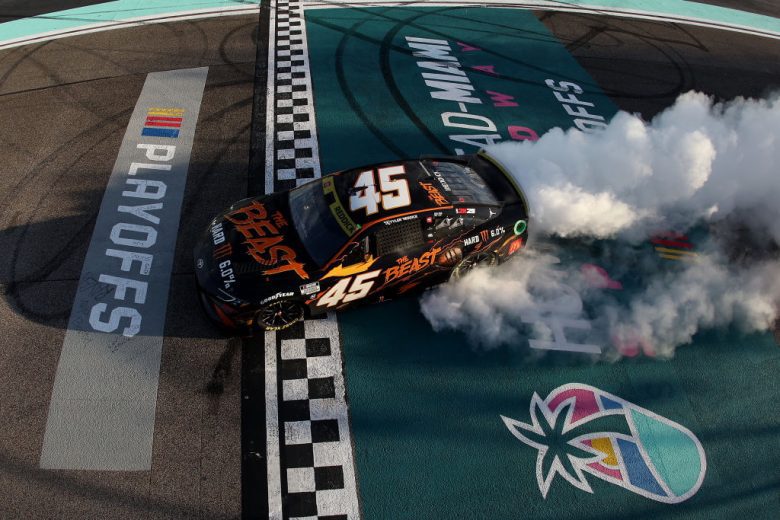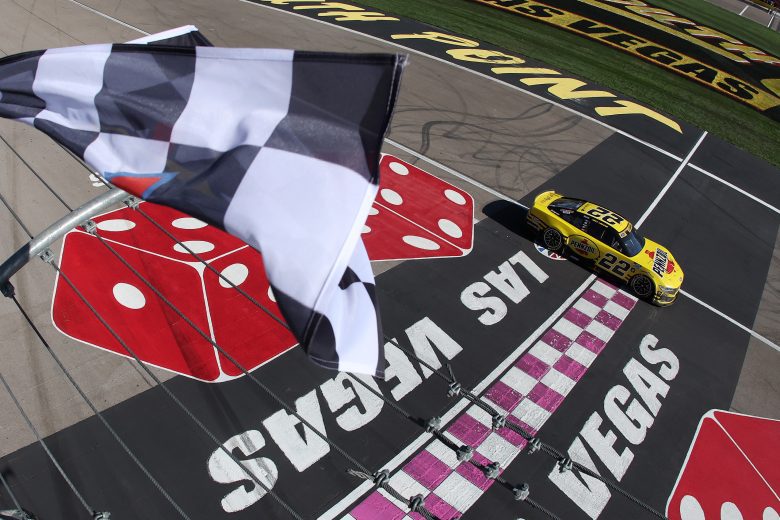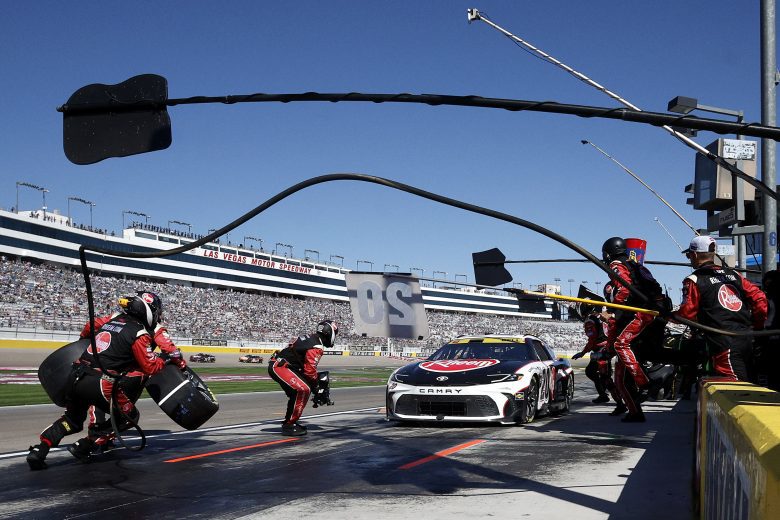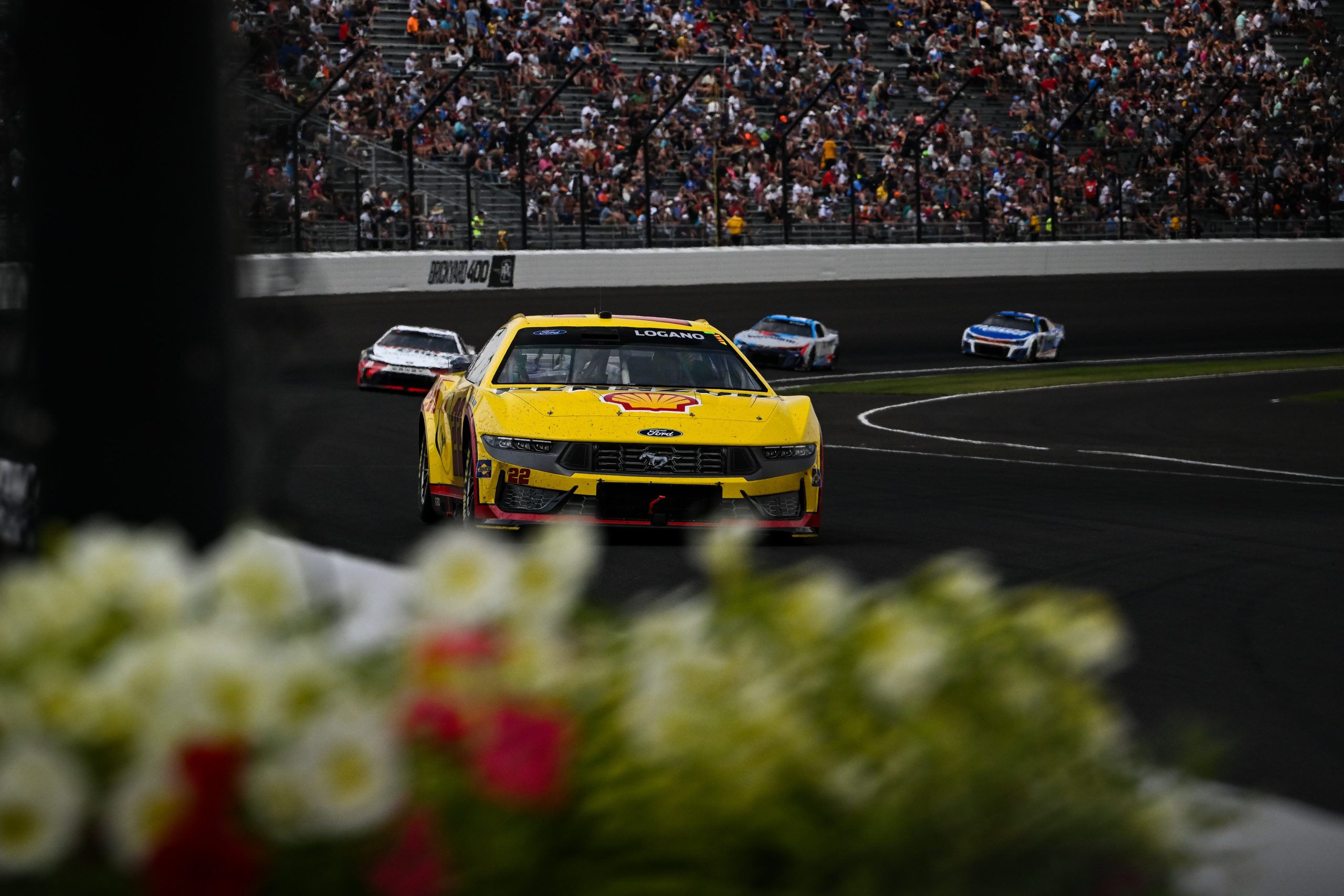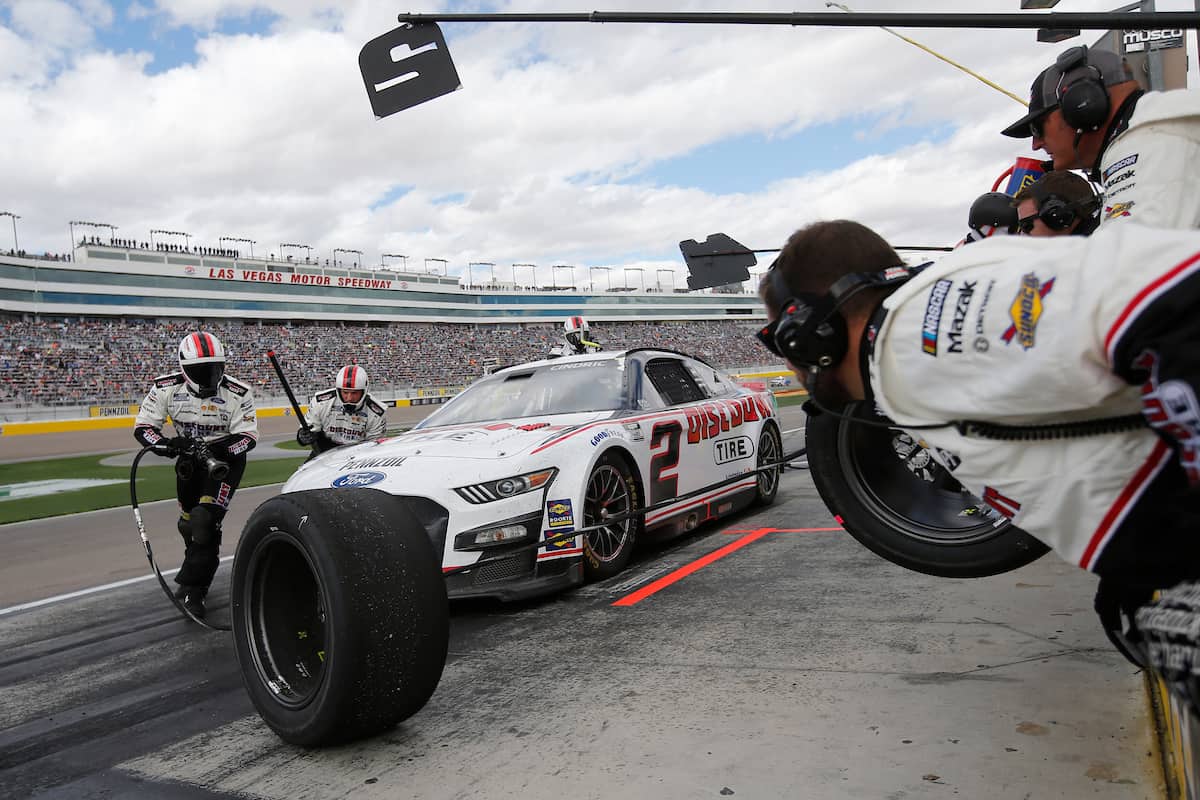Goodyear Bosses Searching For Answers After Bristol
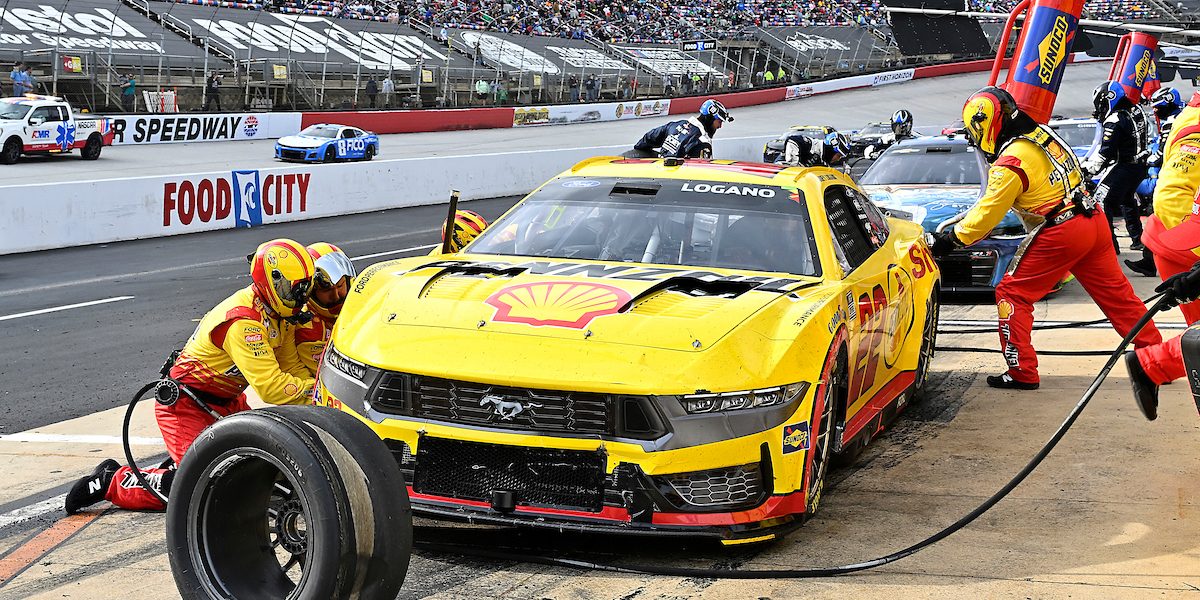
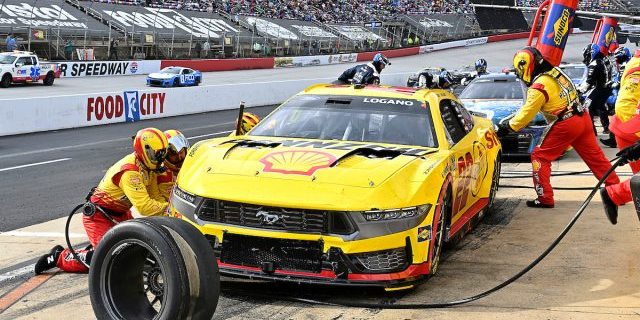
The performance of Goodyear tires became a hot topic following an eventful and unpredictable race at Bristol Motor Speedway on Sunday. During the Food City 500, the intense tire degradation on the half-mile circuit caught teams, drivers, and even Goodyear off guard, as discussed by Greg Stucker, Goodyear’s director of racing, on SiriusXM NASCAR Radio the following day.
The race turned into an unexpected showcase of tire management strategies, sparking excitement among fans and competitors. Despite using the identical tire specification provided to teams in a previous race in September, Goodyear is now investigating the reasons behind the tire’s unexpectedly different behavior in the latest event.
Stucker said Monday on SiriusXM “Yesterday was a drastic departure from what we expected. The goal now is to just try to figure out why that happened, but I think we’re approaching it it really positively.”
“For the past year or so, the drivers have been pushing us to be more aggressive in our recommendations to be more aggressive in tire wear and let them manage the tires over the course of the run. And I think that’s what we saw yesterday. Tire management was key. It was probably the most important thing of anything in the race.”
“Now, I’m not advocating that we have tire wear as severe as we saw yesterday every race. But I think it’s a place where we could draw a line in the sand and I think we can learn from that.”
“I mentioned before that this was the same tire that we raced last in September of last year. It’s the same D numbers; it’s a different production line. So we’re not taking anything for granted. It’s the same spec, but is there anything that could stand out that could create a difference? A couple of drivers after the race told us, ‘Look, you can’t convince me that was the same tire the way it behaves,’ and we get that. I mean, there’s no question that the tire didn’t wear the same. It didn’t put rubber down like it did in September. It just behaved differently.”
“Now was that because of the tire itself? Was that because of the race track? Obviously, resin was put down on the race track instead of the PJ1 which was done last year. We haven’t really decided if that could be a factor yet. That’s one thing that we’re looking at. Was there anything they did differently washing the race track or anything like that?”
“So there’s a lot to go through. But we’re certainly looking at every piece of the puzzle from our perspective and make sure there was nothing in our raw materials or any of our processes that would create any sort of difference.”
Ultimately, Stucker credited the wheelmen and their teams for navigating the situation with grace to get to the checkered flag without further issue, concluding the record-breaking race on a 121-lap green-flag run.
“Kudos to the drivers,” Stucker said. “That’s what they’ve been saying. Again, it was extreme yesterday, but I think what transpired just reinforced what they’ve been saying and how important it is to put some of the control of the car back in the hands of the drivers because it really does make a difference. And I say drivers, but it’s also in the hands of the crew chiefs. The crew chiefs had to go to work yesterday also, right, and try to make adjustments with a race car so the drivers could keep the tires underneath them. And so I think if you poll the garage, most everybody had a pretty darn good time, even in a challenging situation because it was fun behind the wheel; it was fun for the crew chiefs to make adjustments.”
“With the feedback we’ve gotten and hearing some of the comments, we don’t have to go too terribly far, I think, we don’t want to go back and go too hard. But I think we have to understand what happened, and we have to go back and try to replicate that and make sure that it doesn’t happen again. We’ve got to understand why we were surprised and what we can do to fix it so we can go back with the expectation of 80% or so (of Sunday’s wear), go back with that in September and deliver exactly what we expect,” Stucker concluded.

